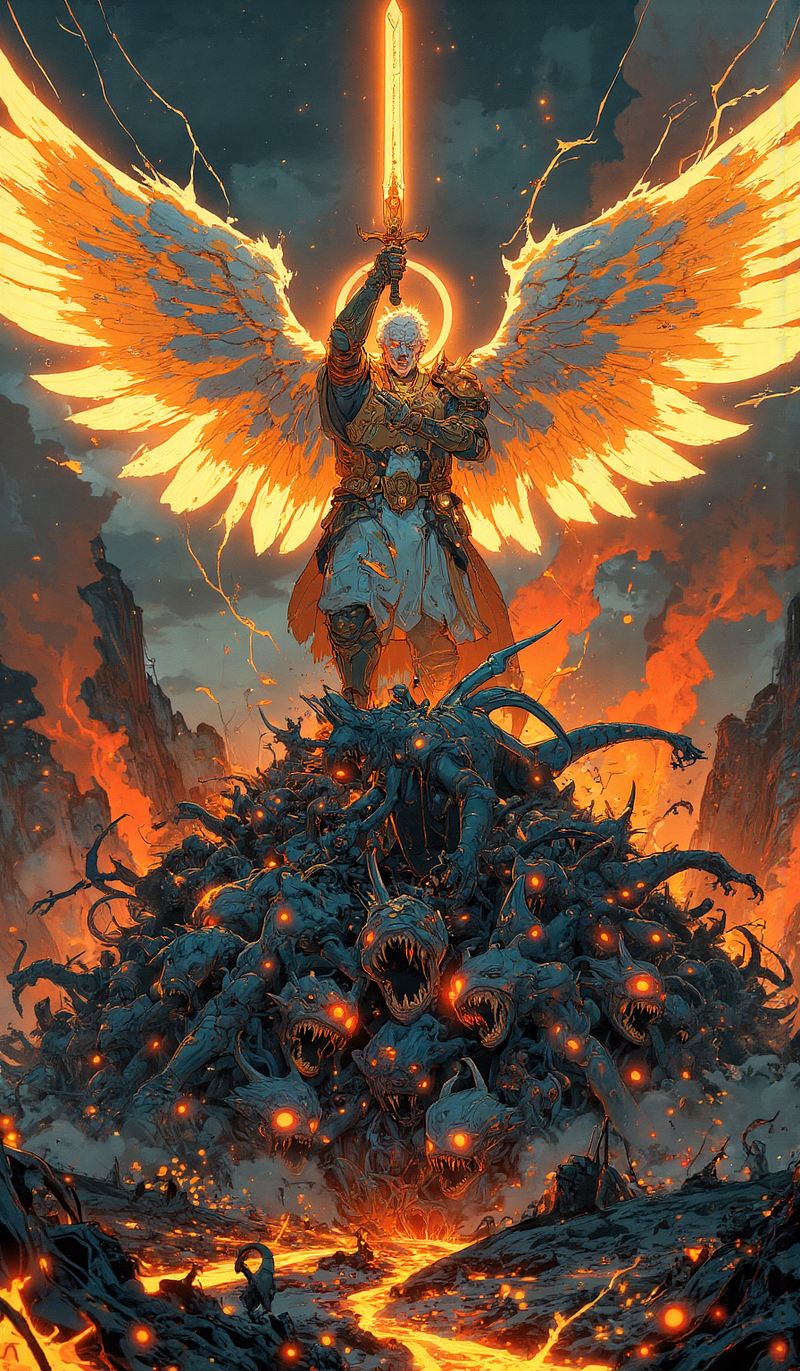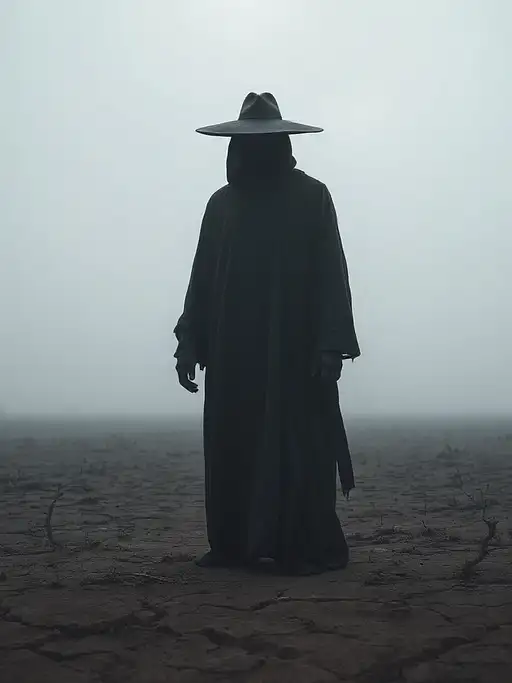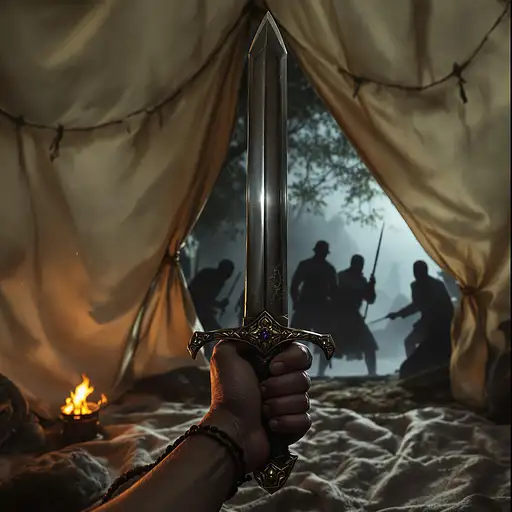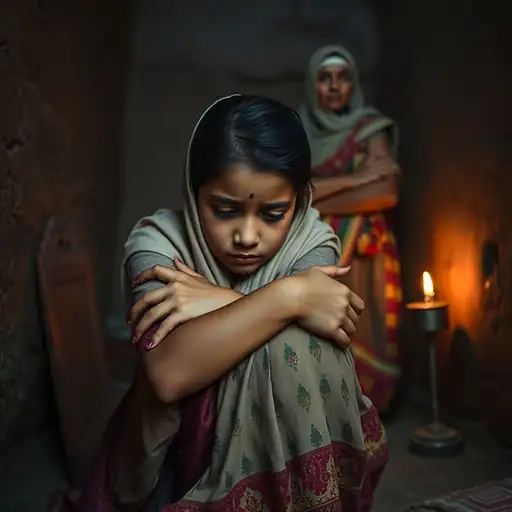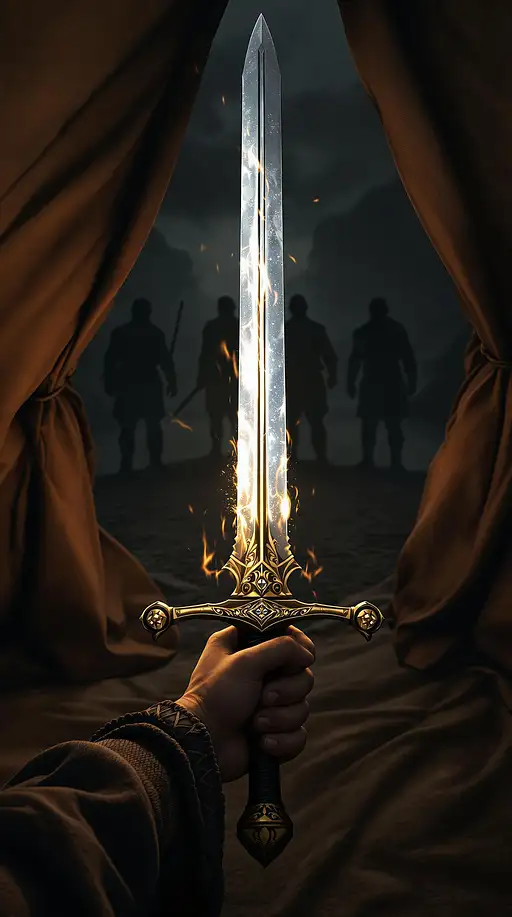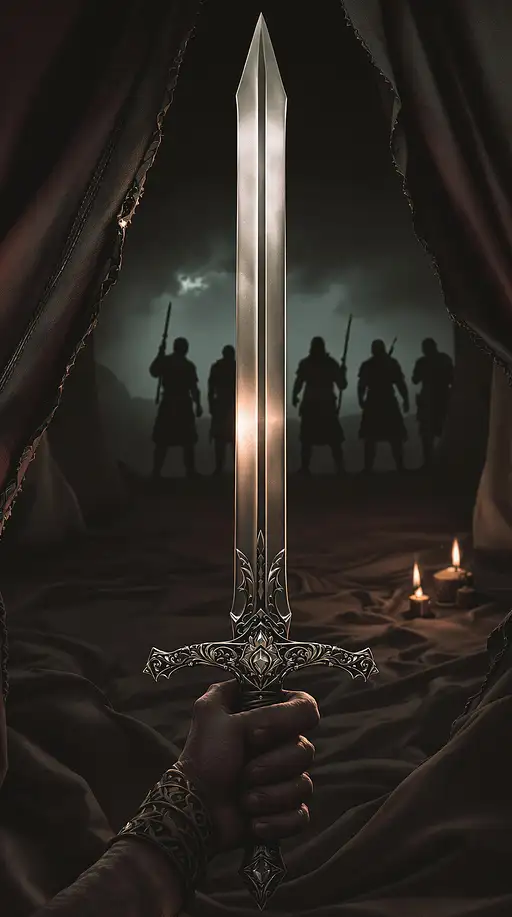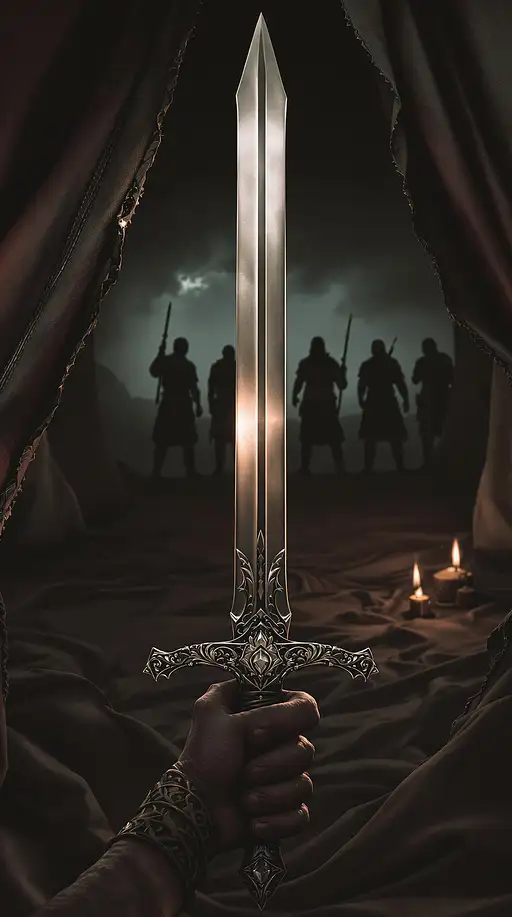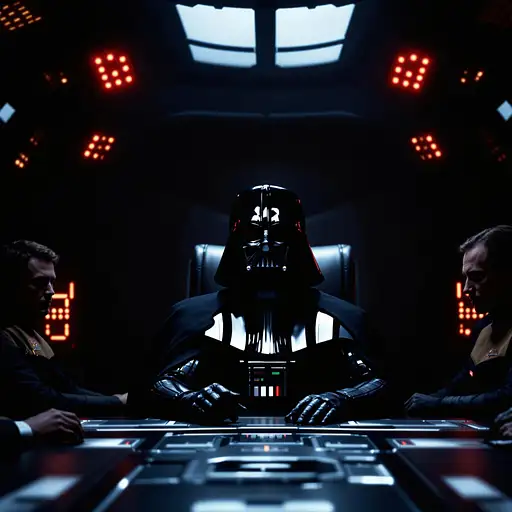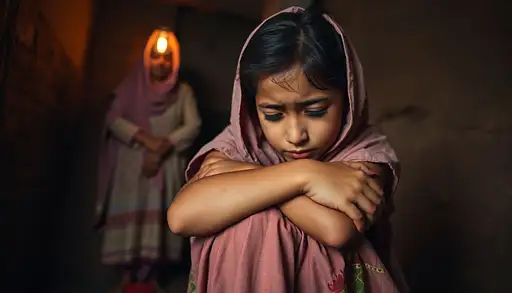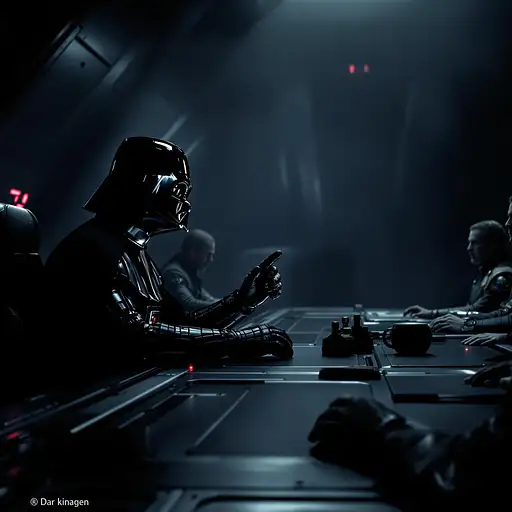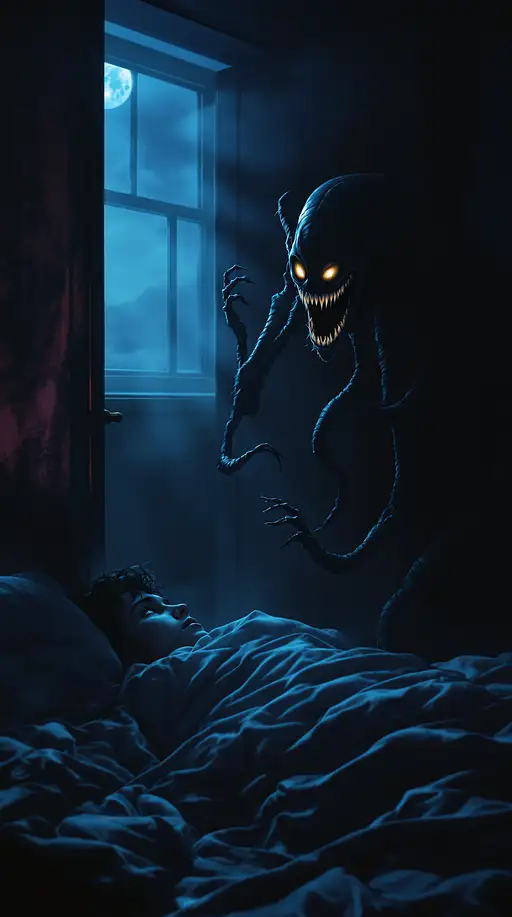9 months ago
An epic, gritty scene (1.8) in the style of Makoto Shinkai (1.6), showcasing an archangel ascending from the depths of hell (1.8). The angel, his radiant light undiminished (1.7), hovers just above a massive, writhing pile of grotesque demons (1.8), each demon clawing desperately at his legs and wings, their monstrous forms twisted with rage and desperation. His celestial garments are scorched and torn (1.8), the edges glowing faintly with embers from the fires of hell, exposing parts of his glowing, divine skin beneath. Despite the destruction, his majestic aura remains unyielding (1.7).
The angel’s sword (1.7), etched with ancient golden runes (1.6) and glowing with an unrelenting holy fire, is raised high above his head, ready to deliver a devastating blow to the infernal horde below. His expression is resolute and fierce (1.6), his glowing eyes fixed downward on the demons that swarm beneath him, their twisted forms writhing and snapping in unholy rage.
Beneath him, the mountain of demons (1.8) is vivid and horrifying, a chaotic tangle of claws, fangs, and twisted limbs (1.7). Some demons grab at his legs and wings (1.8), leaving blackened claw marks on his armor and glowing feathers, while others rear back in agony from the blinding holy light. Their forms are diverse and terrifying: some are smoke-like shadows with glowing red eyes (1.7), while others are massive, spiked creatures with gnarled horns and jagged teeth, their mouths dripping molten venom (1.8).
The landscape of hell is apocalyptic (1.8), with rivers of lava glowing faintly beneath the writhing mass of demons. Above, a relentless storm of molten lava hail (1.7) rains down, searing the ground and the demons alike. Brimstone fills the air, mixing with thick smoke and ash, illuminated by the hellish glow of the inferno. Volcanic eruptions burst in the background, their fiery plumes adding to the overwhelming chaos of the scene.
The archangel’s wings (1.7), enormous and majestic, span 25 meters, their feathers glowing with radiant hues of white, gold, and celestial blue (1.6), cutting through the suffocating darkness. Despite the demons' desperate attempts to pull him down, the angel’s divine presence creates a blinding halo of light (1.7), pushing back the shadows of hell. The molten hail and embers swirl around him, the fiery atmosphere emphasizing his unyielding determination.
Volumetric lighting (1.6) streams through the swirling smoke and ash, casting dramatic shadows across the scene. The contrast between the angel’s blinding holy light and the hellish, gritty chaos of the demons and environment creates a cinematic tension, highlighting the eternal battle between divine and infernal forces.
The overall composition is intense and dynamic (1.7), with the angel’s raised sword and massive wings dominating the upper frame, while the chaotic pile of demons and fiery hellscape fills the lower half. The atmosphere is overwhelming, with every detail contributing to the unbearable, apocalyptic tension of the angel’s escape from hell.

